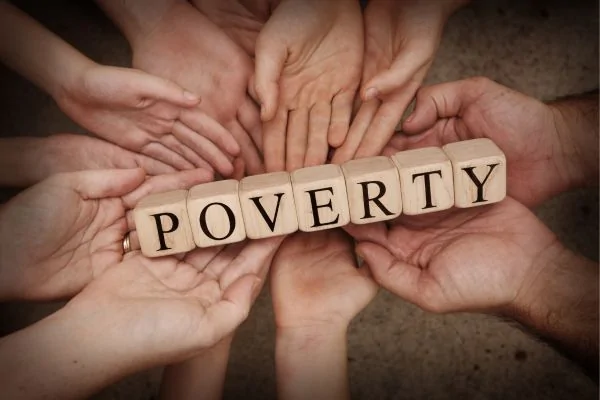

A Poverty Crisis in Asia
Asia, a continent varied in culture and economic endowment, is, however, home to some of the gravest poverty challenges found anywhere. Whereas many countries in Asia have recorded notable advances in economic growth over the past few decades, extreme poverty remains an ongoing issue debilitating millions. The sharp contrast between life in flourishing cities and rural poverty-stricken areas is, therefore, compounded by the complex and multidimensional nature of poverty in Asia.
To comprehend the root causes of poverty in Asia, one must look at several key factors ranging from historical legacies to contemporary economic issues. Likewise, divergent paths for sustainable solutions would, therefore, offer goodwill in the endeavor for long-term solutions.


Though situations such as these are quite overwhelming, there is hope indeed. Sustainable solutions can target the root causes of poverty in Asia for long-term and lasting impacts.
Investing in Education and Skills Development Improving access to quality education and vocational training is essential to breaking the cycle of poverty. The focus should be on marginalized groups, particularly girls and children in rural areas. By equipping young people with relevant skills, they can better contribute to society and escape poverty. |
Empowering Women and Marginalized Groups Gender inequality remains a major barrier. Empowering women, especially in rural areas, through education, healthcare, and economic opportunities can significantly reduce poverty. When women can work, earn an income, and make decisions, it benefits families and communities. |
Promoting Inclusive Economic Growth Economic growth must benefit everyone. Policymakers should prioritize programs supporting the rural poor, like infrastructure improvement, access to credit, and promotion of local industries. This ensures that even remote communities have the resources to thrive. |
Strengthening Healthcare Systems Investing in healthcare is crucial for breaking the poverty cycle. Governments and international organizations must improve healthcare access, especially for low-income populations, and ensure it is affordable to prevent illness and improve long-term health outcomes. |
Building Resilience Against Climate Change Vulnerable communities must be equipped with climate adaptation strategies, early warning systems for natural disasters, and sustainable agricultural practices. This helps them prepare for and recover from the challenges posed by climate change, reducing their vulnerability to poverty. |
Expanding Social Safety Nets Social safety nets, such as cash transfer programs, provide vital support to those living in poverty. Expanding and ensuring these programs reach the most vulnerable can help reduce poverty, improve education and health outcomes, and boost economic activity. |
It does not make poverty a distant issue in this vast territory of Asia, but requires continued creativity and effort as well as collaboration to alleviate. By dealing with core reasons for poverty- inequality, lack of education, bad health care access, and increasing vulnerability to climate change- it may move towards building a just future for its people.
The six attacks by ship sailing in the Singapore strait in five days this month has activated a spate increase…
A great relief for the global nations and the people of both the countries Indian & Pakistan as the massive…
The 2025 spy thriller ‘The Secret Path’ has captured international attention from the day of its premiere in April. This…
K-Pop has been a sensation in both the music and other entertainment industries across the world. Through their vibrant mix…
There are many genres in the web series of South Korean language, but the ‘psychological crime thriller’ will always have…
It was a moderate magnitude 5.6 earthquake that hit the Banda Sea, in eastern Indonesia on May 10, 2025 in…
This website uses cookies.
Read More